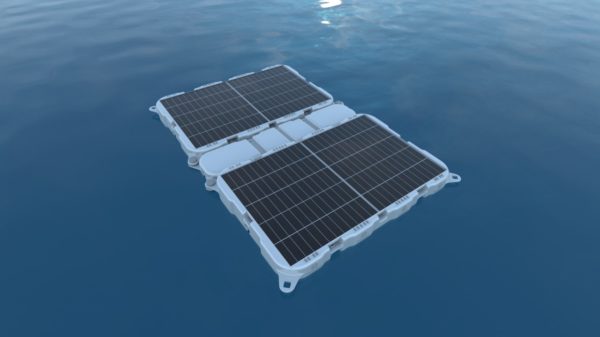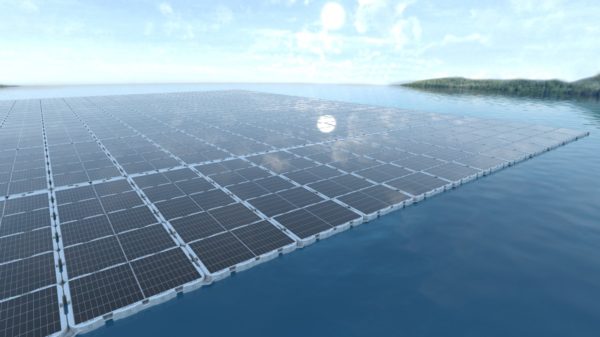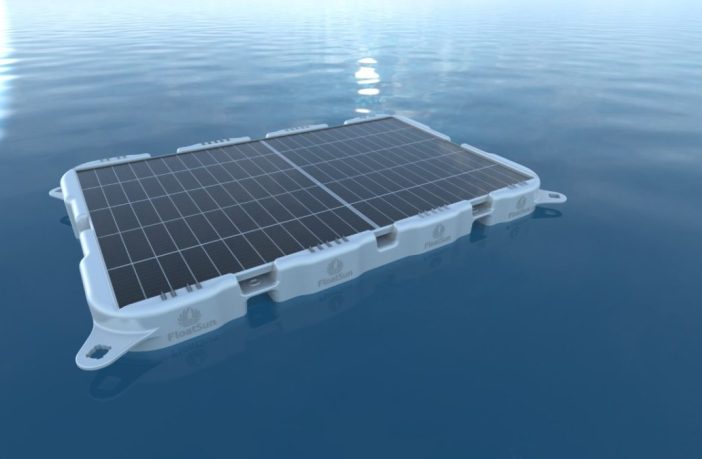South Africa-based solar project developer Phelan Energy Group has unveiled a new floating structure for solar modules that is based on a proprietary thermoplastic polymer frame technology and which, the manufacturer claims, is able to maintain the solar panels just centimeters above the water surface.
The FloatSun structure consists of a main float measuring 1,924×1,251x273x3mm and weighing15 kg, and a walkway float with a size of 1,910x400x200x3mm and a weight of 7kg. The two structures have a design buoyancy of 215 and 130kg, respectively, and both are produced through blow molding, which is a common manufacturing process for molding and joining together hollow plastic parts.
The first structure has the function of hosting the solar panel andprovides a tilt angle of three degrees. The second ensures connection with other floats and is used for maintenance and to run the cables.

The walkway float is used for maintenance and to connect the floats with each other.
Image: Phelan Energy Group
The float can host all modules with lengths ranging from 1,761 to 1,722mm, widths of 1,134 to 1,098mm, and a height of between 30 and 35mm. The cable length must be 450mm and the module should have a 120-cell design and have a output of over 400 W. It should also feature an IP68 enclosure rating and an MC4-compatible connector. A module’s maximum weight must not exceed 30kg and its ideal output guarantee should be 30 years.

The floating technology has been under development by PEG for nearly three years.
Image: Phelan Energy Group
Phelan Energy Group is developing the floats at its facility in Dubai, in the United Arab Emirates. It plans to produce 1 million units in the first year and a total of 5 million units within three years.
Author: Emiliano Bellini
This article was originally published in pv magazine and is republished with permission.











